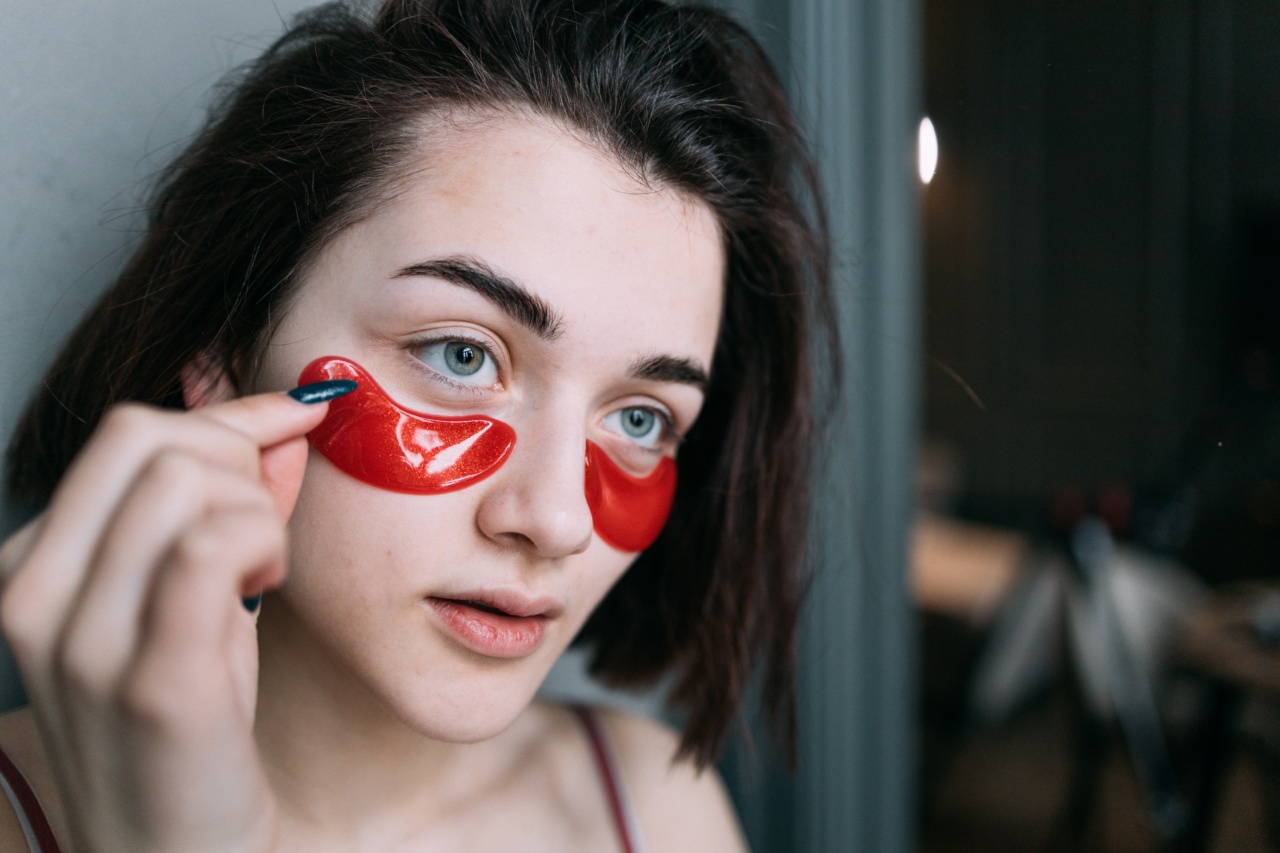Eye barley, also known as a stye or hordeolum, is a common eye infection that appears as a small, red, and painful bump on the edge of the eyelid. It is usually caused by a bacterial infection and can occur either on the outside or inside of the eyelid.
The symptoms of eye barley may vary depending on the location and severity of the infection.
1. Redness and Swelling
One of the most common symptoms of eye barley is redness and swelling around the affected area. The eyelid may appear puffy and inflamed, and it may be tender to the touch.
2. Pain or Discomfort
A stye can be quite painful, causing a sharp or throbbing sensation on the eyelid. The pain may worsen when blinking, rubbing the eye, or applying pressure to the bump.
3. Sensitivity to Light
In some cases, individuals with eye barley may experience increased sensitivity to light, known as photophobia. This sensitivity can make it uncomfortable to be in brightly lit environments or exposed to harsh lighting.
4. Crusting or Discharge
If the stye has a small opening, it may release a yellowish discharge or crust along the eyelid margin. This discharge is a result of the body’s immune response to the bacterial infection.
5. Foreign Body Sensation
Some individuals may complain of a foreign body sensation, as if there is something trapped in their eye. This sensation can cause discomfort and excessive tearing.
6. Blurred Vision
In rare cases, eye barley can lead to blurry vision. This occurs when the stye is located near the edge of the cornea, causing it to slightly alter the shape of the eye and affecting visual clarity.
Diagnosing Eye Barley
Eye barley is typically diagnosed through a physical examination of the affected eye by an ophthalmologist or eye doctor. They will evaluate the characteristic symptoms, such as redness, swelling, and the presence of a bump on the eyelid.
In some cases, the doctor may also perform additional tests, such as a culture or swab of the discharge, to determine the specific bacteria causing the infection.
1. Visual Examination
The doctor will carefully examine the affected eye and eyelid to assess the size, location, and severity of the stye.
They may use a specialized light to examine the eye more closely and determine if there are any complications affecting the cornea or other structures of the eye.
2. Medical History
During the diagnostic process, the doctor will also inquire about the patient’s medical history and any previous eye infections.
This information can help determine if there are any underlying conditions that may increase the risk of developing styes.
3. Additional Tests
In certain cases, the doctor may collect a sample of the discharge for laboratory analysis. This can help identify the specific bacteria causing the infection and guide the appropriate course of treatment.
Treatment Options
Most cases of eye barley can be effectively treated at home with simple self-care measures. However, in some instances, medical intervention may be necessary to alleviate symptoms and prevent complications.
1. Warm Compresses
Applying warm compresses to the affected eyelid can help reduce pain, swelling, and promote drainage of the stye. It is recommended to gently press a clean and warm washcloth against the eyelid for 10-15 minutes, multiple times a day.
2. Eyelid Hygiene
Practicing good eyelid hygiene is essential to prevent further infection and promote healing. It involves gently cleaning the eyelid with a mild, non-irritating cleanser or a prescribed eyelid scrub.
3. Over-the-Counter Pain Relievers
To alleviate discomfort and pain, over-the-counter pain relievers such as ibuprofen or acetaminophen can be used.
However, it is important to consult with a healthcare professional to determine the appropriate dosage and any potential interactions with other medications.
4. Antibiotic Ointments
In some cases, the doctor may prescribe antibiotic ointments or drops to help eradicate the bacterial infection. These medications are typically applied directly to the affected eye and eyelid several times a day for a specified duration.
It is crucial to complete the full course of antibiotics as prescribed, even if symptoms improve.
5. Incision and Drainage
If the stye persists or becomes particularly large and painful, a healthcare professional may decide to perform an incision and drainage procedure.
During the procedure, the doctor will make a small incision in the stye to allow for the release of trapped pus and accelerate healing. This procedure is typically performed under local anesthesia and involves minimal discomfort.
6. Avoidance of Contact Lenses and Eye Makeup
During the treatment period, it is advisable to refrain from wearing contact lenses or using eye makeup to prevent further irritation and possible contamination.
Additionally, contact lenses and eye makeup can impede the healing process and prolong the duration of the infection.
Preventing Eye Barley
Although eye barley can occur spontaneously, there are several preventive measures that can reduce the risk of developing styes.
1. Maintain Good Eyelid Hygiene
Cleanse your eyelids daily using gentle cleansers or prescribed lid scrubs to remove dirt, debris, and excess oil that can clog the eyelid glands.
2. Avoid Touching or Rubbing the Eyes
Avoid touching or rubbing your eyes, as this can introduce bacteria and irritants to the delicate eye area, leading to the development of styes.
3. Wash Hands Regularly
Regularly wash your hands with soap and water to minimize the transfer of bacteria to your eyes. This is particularly important before touching your face or applying eye makeup.
4. Do Not Share Personal Eye-related Items
Avoid sharing personal items such as towels, washcloths, or eye makeup with others, as it can increase the risk of spreading bacteria or infections.
5. Remove Makeup Before Bed
Make sure to remove all eye makeup before going to bed. Leaving it on overnight can block the oil glands and potentially lead to the development of styes.
6. Replace Eye Makeup Regularly
As eye makeup can harbor bacteria over time, it is essential to replace mascara, eyeliner, and other eye products regularly. Follow the manufacturer’s recommendations for shelf life and disposal.




























